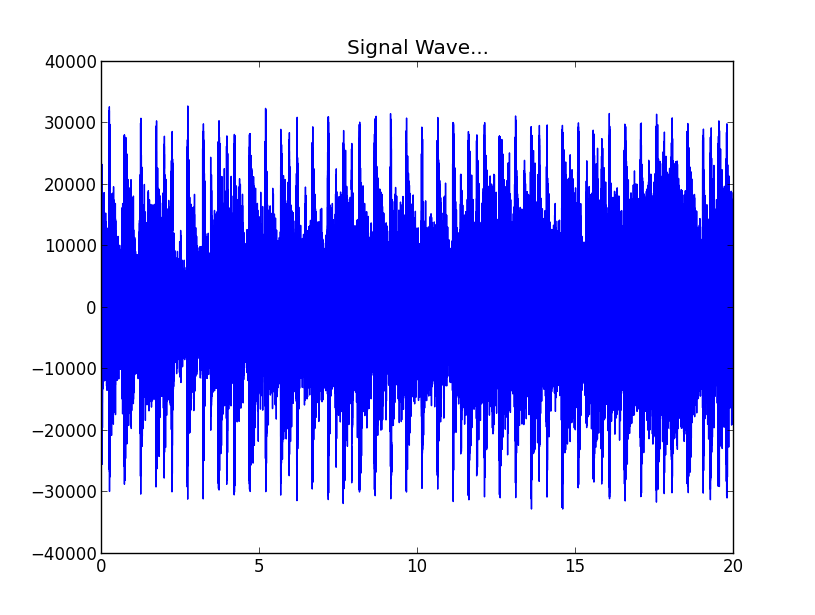
When recording using the built-in microphone on a laptop, a good way to prevent this is to disconnect the battery charger when recording. This reaches the microphone and is recorded. In short, because of ubiquitous AC electromagnetic fields from nearby appliances and wiring, 60 Hz electrical noise can get into audio systems. This effect is called electric hum ( details). In Europe, for example, the standard frequency is 50 Hz. This is the frequency standard used for AC (Alternating Current) in North America where, probably, the recording was made, and it is very noticable when you play a sound.

The plot shows one big spike at and around 60 Hz (black arrow). We can check the type of the sound as follows: The scipy.io.wavfile.read() function reads wav files as int16 (for 16-bit wavs) or int32 (for 32-bit wavs), 24-bit wav files are not supported. Typically, stereo wav-file contains two arrays of integers: for the right and left channel (for your right and left speaker) respectively. For the example below, a sound wave, in red, represented digitally, in blue (after sampling and 4-bit quantization). there are 2^16 = 65536 possible values of the signal: from -32768 to 32767. For example, in CD (or WAV) audio, samples are taken 44100 times per second each with 16 bit sample depth, i.e. In digital audio, the sound wave of the audio signal is encoded as numerical samples in continuous sequence.

Digital audio is sound that has been recorded in, or converted into, digital form. Thus, sound recordings contain the relative signal of these oscilations. When you hear a sound your ear’s membrane oscillates because the density and pressure of the air in close proximity to the ear oscillate as well. We will try to remove this noise from the signal and obtain a clearer sound. You can hear the characteristic background noise of a low frequency. You can download the file to your computer and play it with iTunes.


 0 kommentar(er)
0 kommentar(er)
